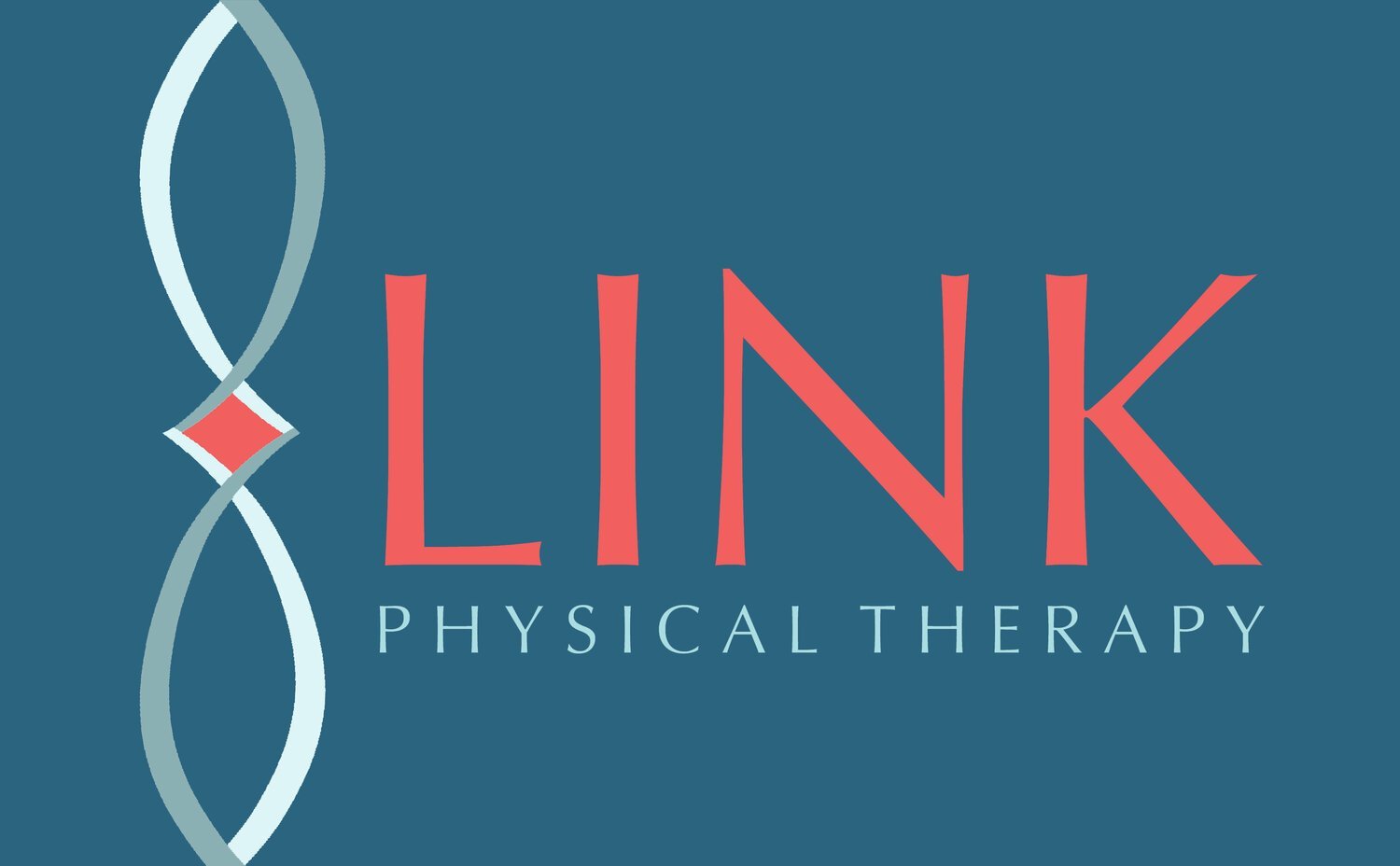Pelvic Floor Physical Therapy Improves Quality of Life for Gynecologic Cancer Survivors
When someone is diagnosed with cancer, the immediate focus is survival. Surgery, chemotherapy, and radiation are life-saving treatments, but they can also take a significant toll on physical, mental, and emotional well-being. For many survivors, the effects of treatment continue long after remission.
With September recognized as Gynecologic Cancer Awareness Month, it’s important to shine a light on some of the challenges survivors face—and how pelvic floor physical therapy can help improve quality of life.
Recent Study:
A 2022 article published in the Public Library of Science explored how pelvic floor physical therapy impacts gynecologic cancer survivors dealing with dyspareunia (pain with sexual intercourse).
Who participated?
31 survivors of endometrial or cervical cancer (stages I–IV)
All had completed treatment and were in remission for at least 3 months
Each reported moderate to severe vulvovaginal pain during intercourse
What was the treatment?
Participants received one hour-long pelvic floor physical therapy sessions per week for 12 weeks. Treatments included:
Education on how pelvic floor muscles contribute to pain
Breathing techniques to calm the nervous system and improve pelvic floor mobility
Pelvic floor muscle exercises
Gentle manual therapy to release and gradually stretch the muscles
What were the results?
86% of participants reported their symptoms were “very much improved.”
Pain with intercourse decreased, and overall sexual function improved.
Many noticed reduced urinary symptoms as an added benefit.
Survivors described feeling more in control, more hopeful, and less anxious about their pain.
Why This Matters
Pelvic floor physical therapy goes beyond exercises—it empowers survivors to reconnect with their bodies, reduce pain, and regain confidence in intimate and everyday activities…to live life better! For those living with the aftereffects of gynecologic cancer treatment, this approach offers a pathway not only to recovery but also to a better quality of life.

